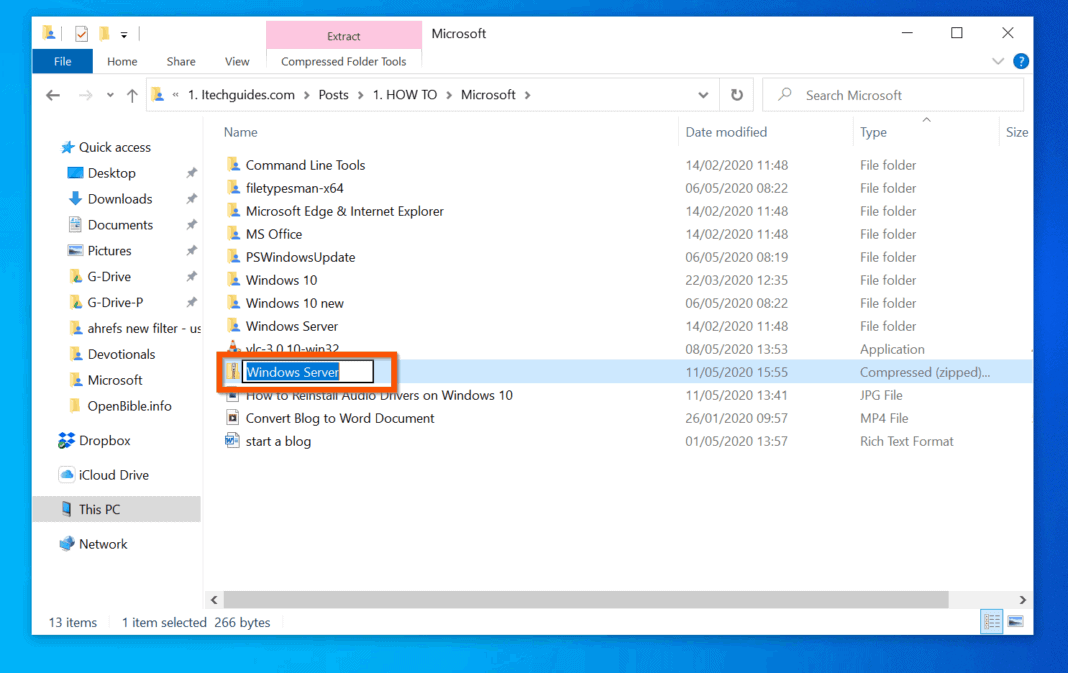
If you want to compress multiple files or folders into a ZIP file, then you will need to select all the files or folders you want to compress. Go to the file(s) or folder(s) you want to compress into a ZIP file.ģ. How to compress files or folders into a ZIP file in Windows 10ġ. Compressed files make downloading and transferring data faster, and they allow you to store more data on an external hard drive or USB flash drive. In File Explorer, you can just select the files and folders you want to ZIP, go to the Share tab of the Ribbon and press the Zip button.Compressed files are files that contain one or more files or folders that are smaller than their original file size. Just right click the required file or folder after you have pasted the shortcut: The appropriate folder will be opened in File Explorer: Paste the shortcut you copied there:.Now, type or copy-paste the following text in File Explorer's address bar: %userprofile%\AppData\Roaming\Microsoft\Windows\SendTo.Right click the Compressed (zipped) folder item and select "Copy" from the context menu:.The appropriate folder will open in File Explorer: Put the following text in the Run box: C:\Users\Default\AppData\Roaming\Microsoft\Windows\SendTo.


There is a copy of this shortcut in the default user profile in Windows 10. Fix Send to Compressed (zipped) folder is missing in Windows 10 context menu Thankfully, it is very easy to restore it.

If this item disappears from the context menu, it might be because of file system corruption, a malware infection or some app which deleted the Zip shortcut due to a bug. Advertisеment The Compressed (zipped) folder command is just a special shortcut.


 0 kommentar(er)
0 kommentar(er)
